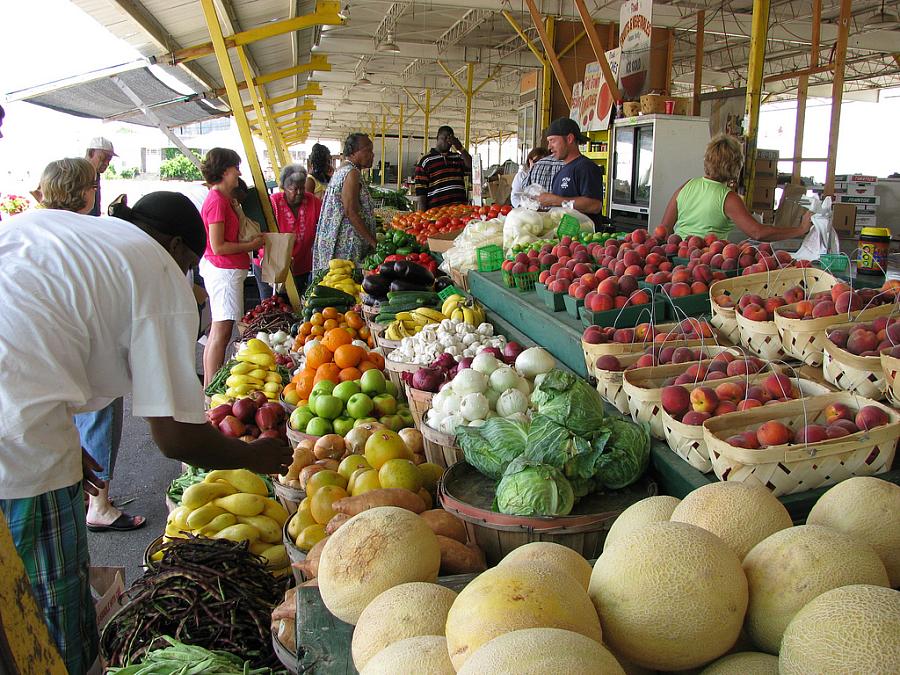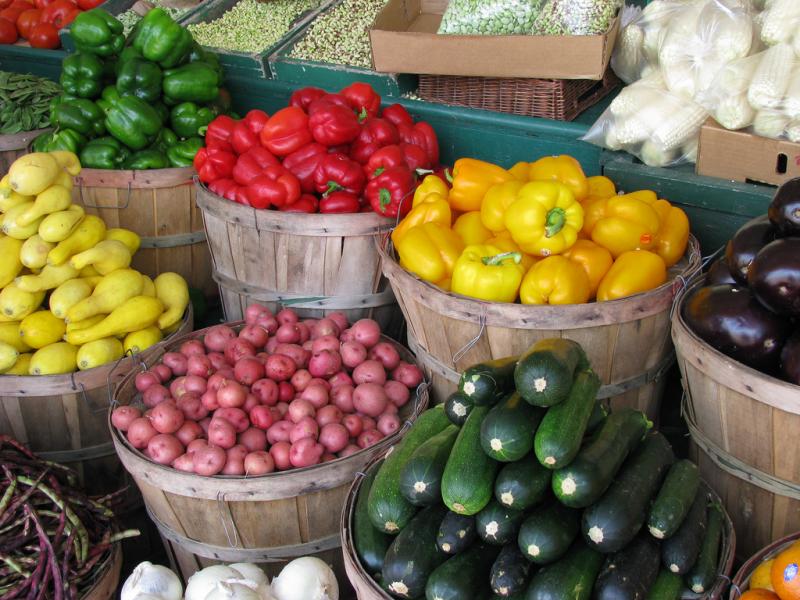New ways to cover Food Deserts in your community

A hot button health topic is what advocates and experts call "food deserts" - geographic areas that don't have access to fresh, affordable, healthy food, such as fruits and vegetables.
Earlier this month, The Arthur M. Blank Family Foundation hosted a panel discussion and webcast called Street Food: Attacking Obesity & Wiping Out Food Deserts One City Block at a Time. It highlighted what different cities are doing to give families access to fresh produce and other healthy foods, including supporting corner stores, farmers markets and food trucks.
Panelists discussed the success of New York City's green cart initiative to deliver fresh fruit and vegetables to underserved communities through funding from The Laurie M. Tisch Illumination Fund.

Among the speakers (and possible sources for you): Cathy Nonas, director of the Physical Activity and Nutrition Program in the New York City Department of Health; Dwayne Proctor, Ph.D., director of the Childhood Obesity Programs, and senior program officer with the Robert Wood Johnson Foundation; Mary Mazzio, writer and director of Apple Pushers, a documentary that follows immigrant street vendors through New York City; and moderator Dr. Sanjay Gupta from CNN.
Here are five story ideas from their discussion:
1. When the green cart initiative began in New York City, more than 500 permits were issued to vendors. Are permits being issued in your area? If not, why? Are vendors being turned down? What is the permit process for food trucks or vendors in your area? Is there adequate education for vendors on where and when they can operate and avoid fines and ticketing from police?
2. Marry Mazzio spoke on how it really hit home she couldn't find any produce for her crew's lunch while she was filming Apple Pushers. How about spending a day in a "food desert," using resources that the local residents have, trying to find a healthy meal? What problems did you come across? Where did you go? What did you end up eating? What did you have to spend?
3. Cathy Nonas talked about the presumption held by businesses that there is little demand in food deserts for produce. However, she said, when the food is there, the people eat it - as access increases, consumption goes up. She said the stereotype that "those people aren't interested in fruits and vegetables" is inaccurate. Talk to vendors about their own experiences of consumer demand.
4. How do the perception or reality of violence and crime affect food access issues in your community? Dwayne Proctor people are less likely to make the trek to locations where there is produce when they fear crime. Is this a factor in your community? Are there transportation programs for elderly or handicapped to get supermarkets or grocers? What are the statistics? What is the anecdotal evidence? What can be done to change this?
5. Are the schools in your area "food deserts" as well? What are public schools in the area doing to offer fresh fruits and vegetables? Proctor said that schools often don't have healthy food because contracts between schools and big food companies are often hard to break. What are the contracts in place in your area? Do they help or hurt the diets of children at the schools?
One local initiative that is similar to the green cart initiative in New York City is the California FreshWorks Fund. The California Endowment, which also funds ReportingonHealth, has teamed with grocers, banks, health providers and community advocates to finance creative ways to buy nutritious food in areas where fast food restaurants are plentiful but supermarkets are scarce. You can read more about the Fund here.
For more on this topic please consult the following links:
FELLOWSHIP PROJECTS ON FOOD ACCESS:
Duwamish neighborhoods are a 'food desert' in foodie Seattle
Starving In The Financial District: Ken and food insecurity
Seeds of Change: How 3 Moms Provide Produce to Needy Families
Healthy Homework: Convenience often trumps nutrition
OTHER REPORTING RESOURCES:
Nutrition and GIS: Mapping McDonald's, And Our Waistlines
